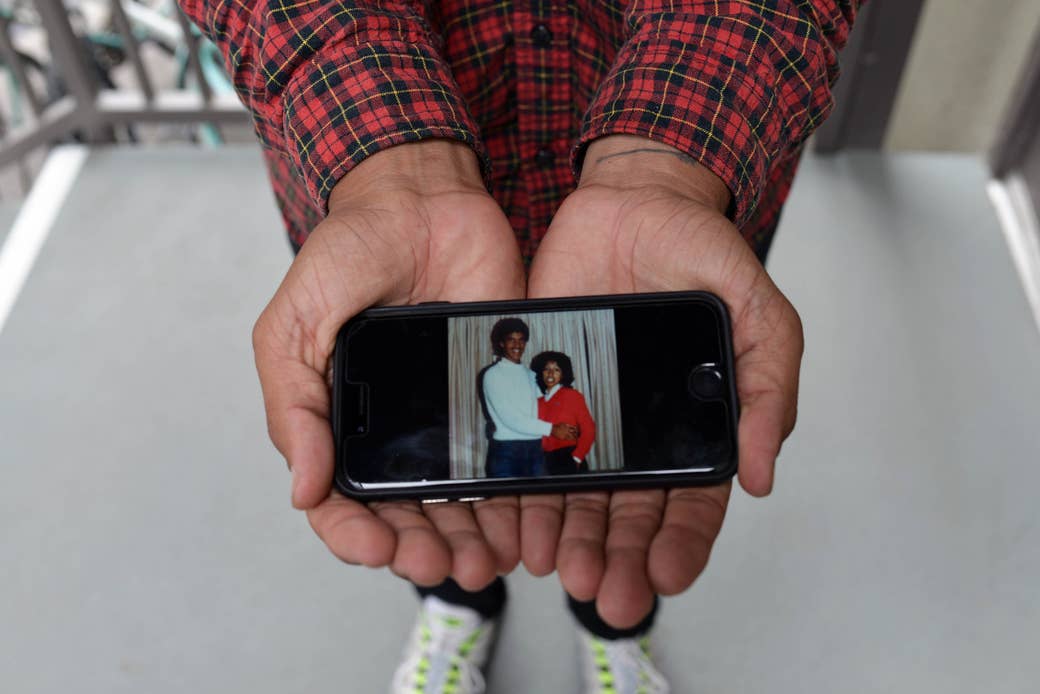
I first learned I was a Blaxican from a DJ on Power 106 FM, a Los Angeles hip-hop station. It was the mid-'90s, and I was in middle school. The host was jealous of his friend who got to have tamales and fried chicken for Thanksgiving dinner because he was black and Mexican — Blaxican. It was a silly story teetering on the edge of racial stereotypes. But it changed the way I, the son of an African-American man from Oakland and a first-generation American from Jalisco, Mexico, self-identified forever.
Today, Blaxicans have a trippy bard in R&B singer Miguel. Though still mostly known for his confessional, sexually charged music, Miguel — an L.A. native with a Mexican-American father and an African-American mother — is the first major pop figure to bring visibility to a growing number of young Americans who are of both black and Mexican descent.
He’s not the first Blaxican artist in Los Angeles; Kemo the Blaxican and M.E.D. have been singing about their African-American and Mexican heritage for years. But Miguel is by far the most famous. (To that end, it helps to be a sex symbol.) As a musician and a celebrity, Miguel captures and amplifies the complexity of being Blaxican — the child of communities that have both suffered from state violence, forced labor, and discrimination but remain largely divided by politics, culture, and language.
“Too proper for the black kids, too black for the Mexicans,” he sings on his most recent album, Wildheart. “Too square to be a hood nigga, what’s normal anyway?”
When I first listened to Wildheart last summer — commuting home on L.A.’s crowded Blue Line Metro rail — I was bowled over by this frank description of multiracial childhood. And then again by how seamlessly Miguel transitions from English to Spanish on “destinado a morir.” This was an album, I thought, for the city where I lived, and for its residents who didn’t have a box to check.
At some point, Miguel stopped checking boxes. “We have these standardized tests that ask you after you fill in your name, 'What's your ethnicity? Are you Caucasian? Are you African-American? Hispanic?'” Miguel told a local public radio station. “I always had to check the Other box. Until at some point I was just kind of like, 'That is who I am. There is no box for me.'”
My academic research has been driven by my own frustration with checking boxes on forms that failed to fully capture my background. In 2013, as a graduate student at Stanford University, I began working on an ethnography of Los Angeles’s Blaxicans, which can be found on Instagram. Each photo posted (and each photo in this story) shows a self-identified Blaxican whom I spoke with about their racial experiences in Los Angeles. As with any racial or ethnic group in the U.S., there is an incredible amount of nuance in the Los Angeles Blaxican experience and there are many ways to be a Blaxican.
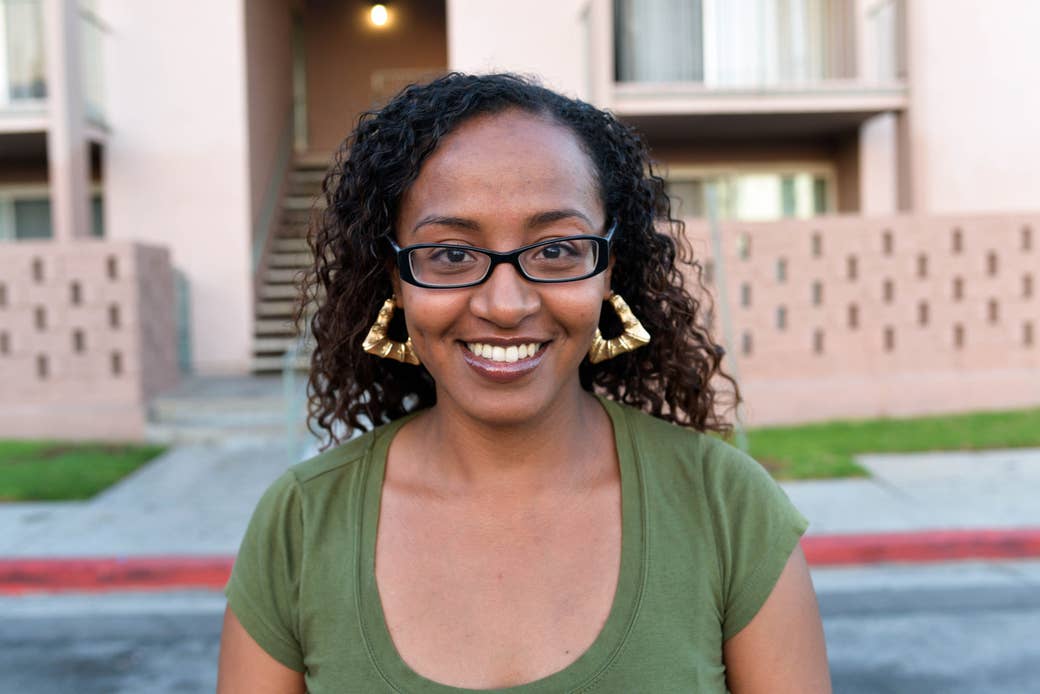
The term “Blaxican” dates back to at least the 1980s, when successive inflows of Mexican immigrants to the Los Angeles area led to an increase in romantic and social interactions between African-Americans and Mexican immigrants. But “Blaxican” could have started in the early 20th century, when Los Angeles became a popular destination for immigrants who were fleeing Mexico’s violent revolution, and African-Americans who migrated from the Jim Crow South. Blaxican could also be used to describe some of the city’s first residents. Los Angeles was founded in 1781 by 44 settlers, more than half of whom were of African and Mexican descent.
For most of the people I interviewed (and for Miguel), growing up in South Los Angeles during the 1980s meant living in a community impacted by massive federal disinvestment, the crack cocaine epidemic, and racial conflict, real and perceived. Media myths about Latino immigrants stealing African-American jobs exacerbated racial tensions and overshadowed issues that might have united both communities, such as unequal employment opportunities, under-resourced public schools, and hyper-policing of both African-Americans and Latinos.
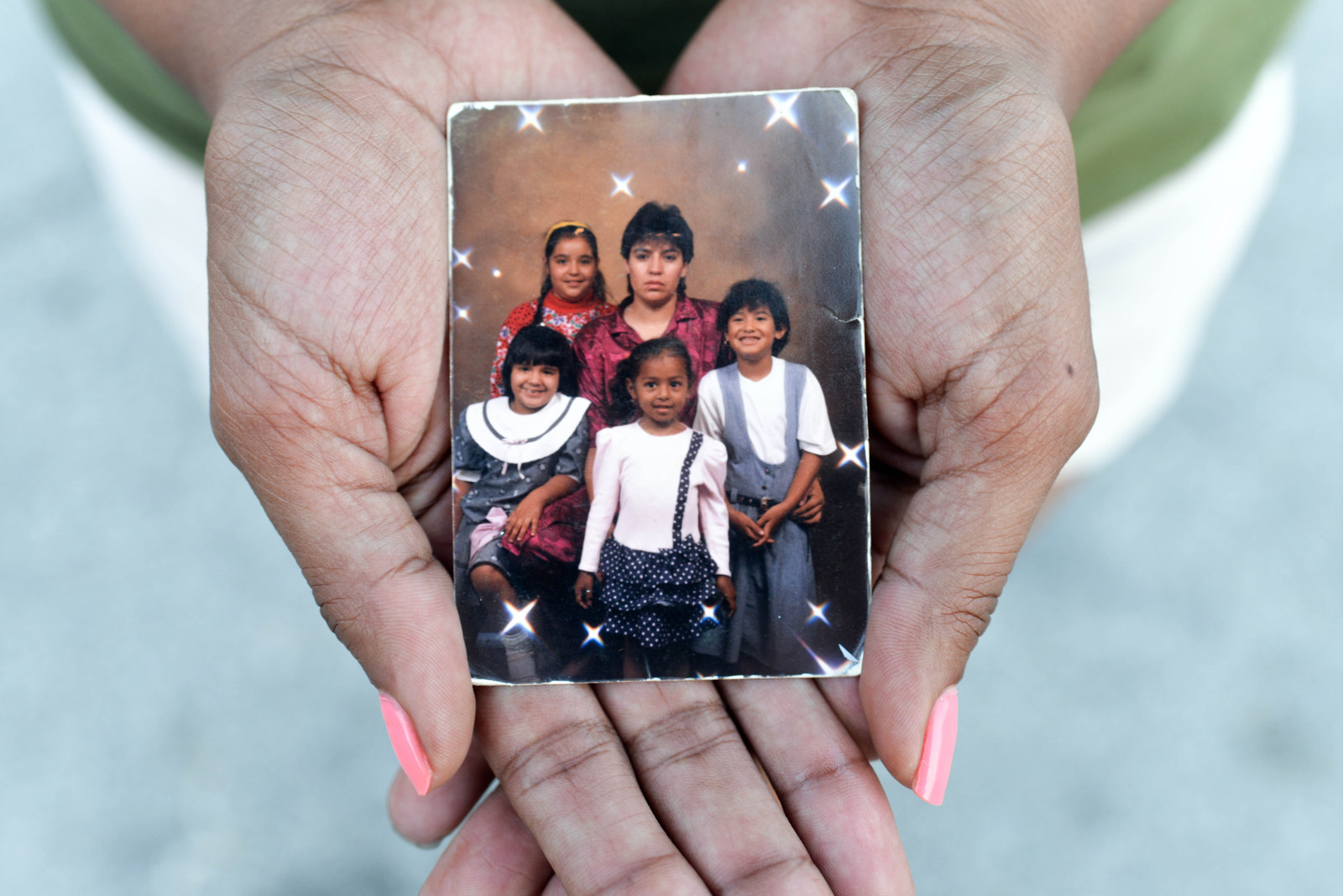
Blaxicans are the result of understanding between these two communities, but their lives often reflect the ongoing, perceived tension between two groups who have been pitted against each other for generations. For the Blaxicans I’ve interviewed, the incompatibility of their dual identities snapped into focus in 1992, when the civil unrest that followed the acquittal of the police who beat Rodney King exploded in South Los Angeles. And then again in the early 2000s, when recurring brawls between African-American and Latino students at different Los Angeles high schools drew police in riot gear.
These melees, dubbed race riots, often forced Blaxicans to take sides. “Everyone on campus knew I was black and Mexican because my black father would pick me up from school sometimes and my Mexican aunts would also pick me up,” said Carlos, 29, who grew up in Watts during the nineties. To avoid choosing sides in the race riots, he says, he played basketball. “I would be in the gym where I would practice and stayed out of trouble.”
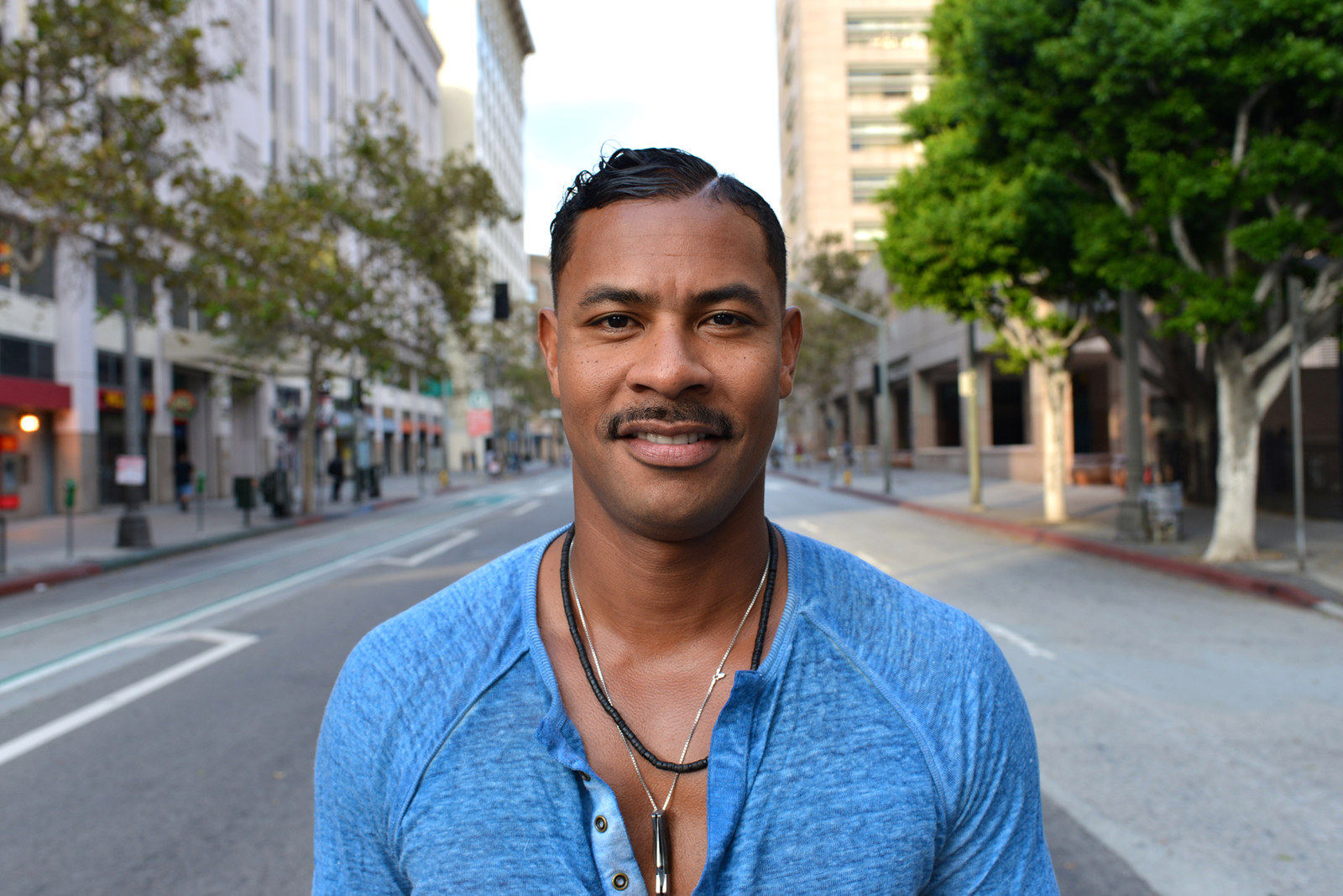
Melissa, a 35-year-old graduate student who identifies as Blaxicana, cried the first time she heard the word Blaxican in a rap song. “Compton was in the middle of a terrible race war between Mexicans and black people and I was in the eighth grade and there were race riots nearly every day. And my Mexican friends and relatives would always say racist things about Black people.” She says she started a school club called “Black-Mexican Unity” to help promote positive relations between African-Americans and Latinos.
As an L.A. resident during the early ‘90s, I, too, claimed a neutral identity as a way to overcome racially motivated violence. But the feeling of watching friends pick a side left a deep crease in my psyche. In addition, part of what makes being black and Mexican at the same time feel so intractable is that our Mexican relatives often come to the U.S. with their own racial baggage about African-Americans.
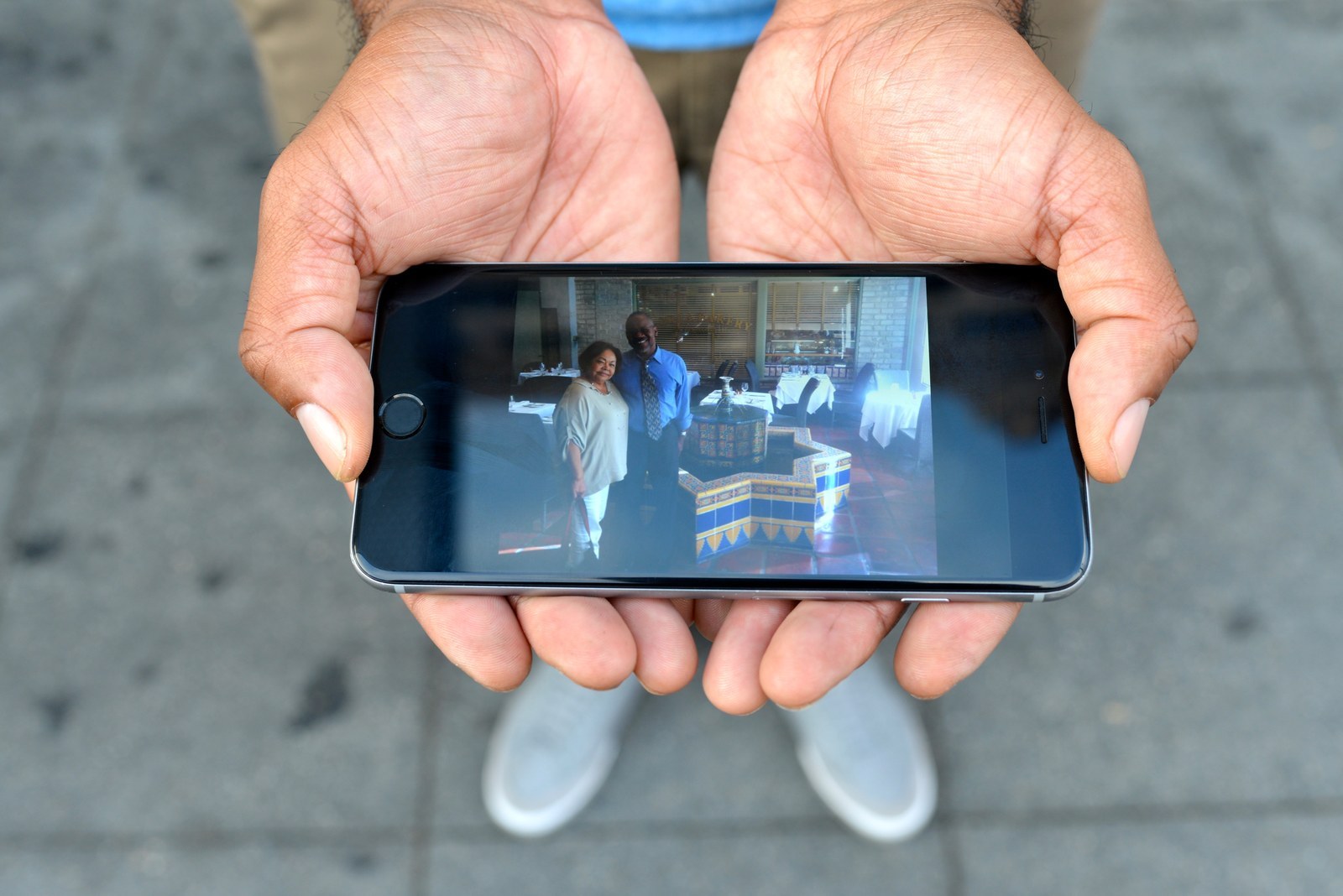
As a child, I spent a lot of time with an older cousin who visited L.A. from Mexico every six months to work a series of odd jobs. One year, he worked as a rent collector in Watts, a neighborhood that was majority African-American at the time. He had grown up in the same pueblo where my mother had grown up and spoke very little English. But in his biases against African-Americans, and his pronunciation of slurs, he was extremely clear. He conveniently forgot that my father was black when he referred to Watts as “niggi-landia.”
Years later, I would learn that Mexico’s unique tradition of anti-black racism dated back to the 17th century. The transatlantic slave trade brought approximately 200,000 enslaved Africans to colonial Mexico, where the Spanish instituted a racial hierarchy, las castas. This ranking put Africans and Afro-Mexicans below indigenous peoples and mestizos. Slavery was abolished in Mexico in 1821 but, a hundred years later, the Mexican government explicitly tried to erase its African constituency. In the throes of another revolution, Mexican intellectuals promoted the idea of racial mixing — or mestizaje — between European and indigenous descendants. The goal was to create a national, racial identity that was in no part black.
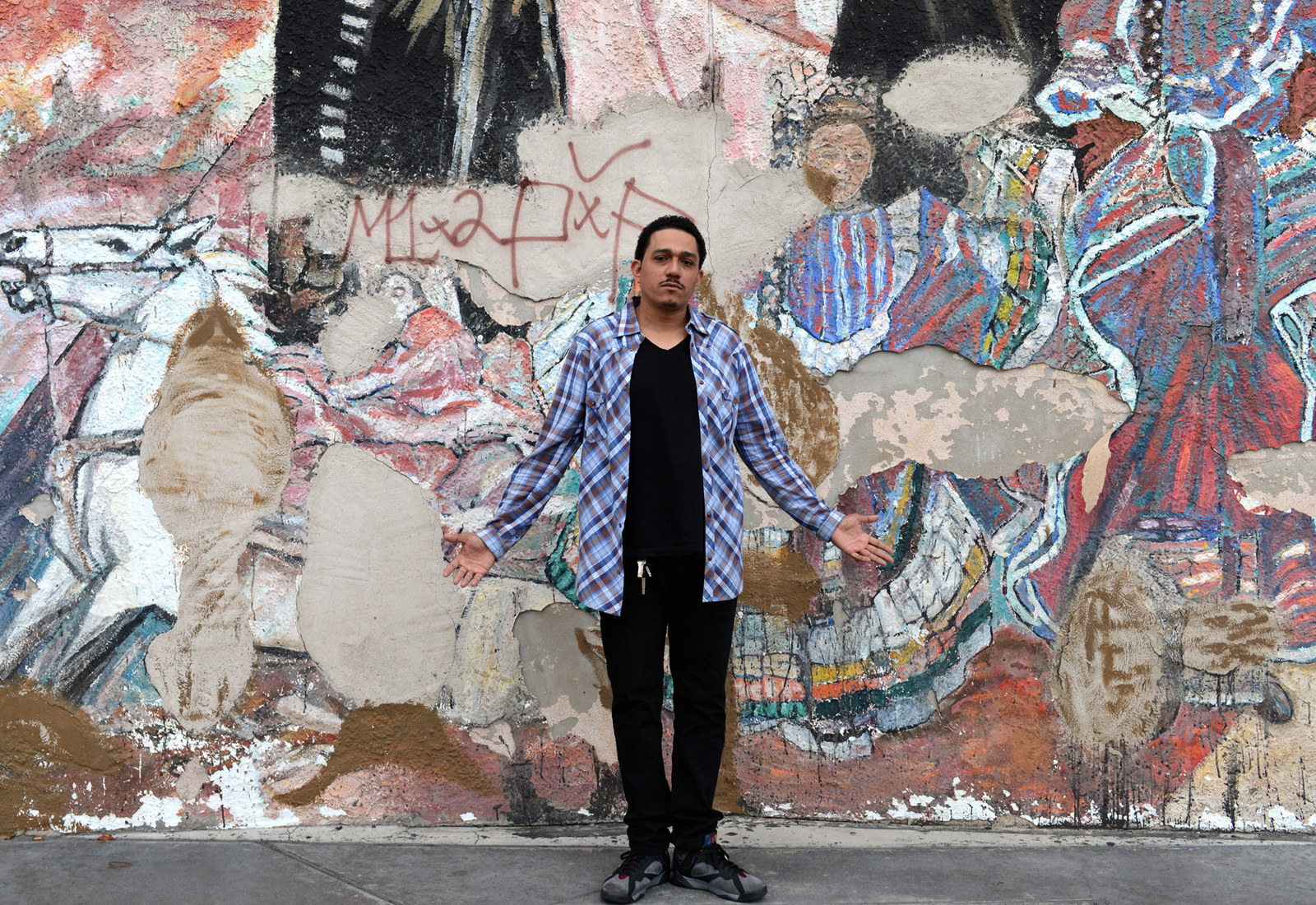
So it’s little wonder that a visit back to Mexico does not always provide Blaxicans with a sense of racial clarity and acceptance that they long for. When Richard, 29, visited his grandparents in Nayarit, Mexico, he was the only black person in that town. “I spoke the language fluently as well as read and wrote it,” he shared with me. “But I was different from everyone else. I stood out; I was the mixed kid. No one had ever really seen a black person up close before. So I was picked on a lot and I got into a lot of fights.”
Margarita, age 28, had her first experience with racial epithets visiting family in Jalisco, Mexico, for the first time. “It was a culture shock for me,” she said. “We could only speak Spanish. Everyone knew that we were black and we would hear things like pinche mayate and other racist taunts. There was a gaze that we could not escape, and it made me feel like I was an object and not a person.”
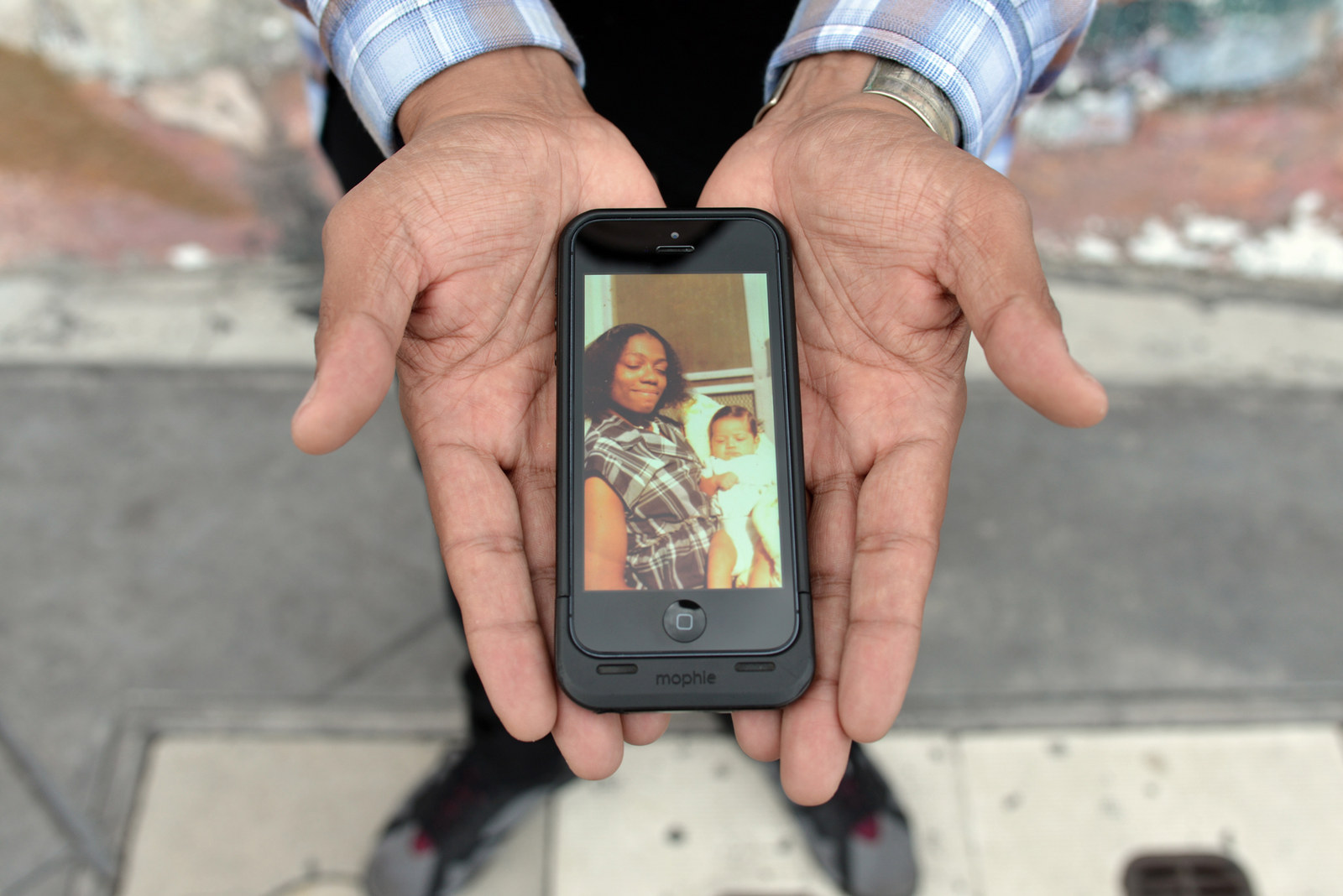
Nonetheless, the Spanish language is often used as a litmus test for acceptance among their Mexican relatives in the U.S. “I tend to self-identify as black,” one person shared, “but I often felt ostracized by my Mexican side because I didn't speak Spanish growing up. I was always getting sideways looks from my Latino family." But because of stereotypes of African-Americans' physical characteristics — and the legacy of the U.S.’s one-drop rule — many Blaxicans are racialized as African-Americans. Exercising a blended ethnic identity — listening to Al Green and Vicente Fernández — is an uphill battle. (Even for Blaxican icon Miguel. A few years ago the singer was criticized for tweeting that black people were “the most judgmental in the world.”)
Tiffany, a 34-year-old nurse, was raised by a single African-American father who taught her almost exclusively to think of herself as a black woman. "Becoming Mexican,” came later, she said. At a Cinco de Mayo celebration three years ago, an elderly Mexican woman struck up a conversation with Tiffany about her own African-American daughter-in-law, who was similarly alienated during family events. The woman urged Tiffany to celebrate both of her cultures and ignore the people who stared at her.
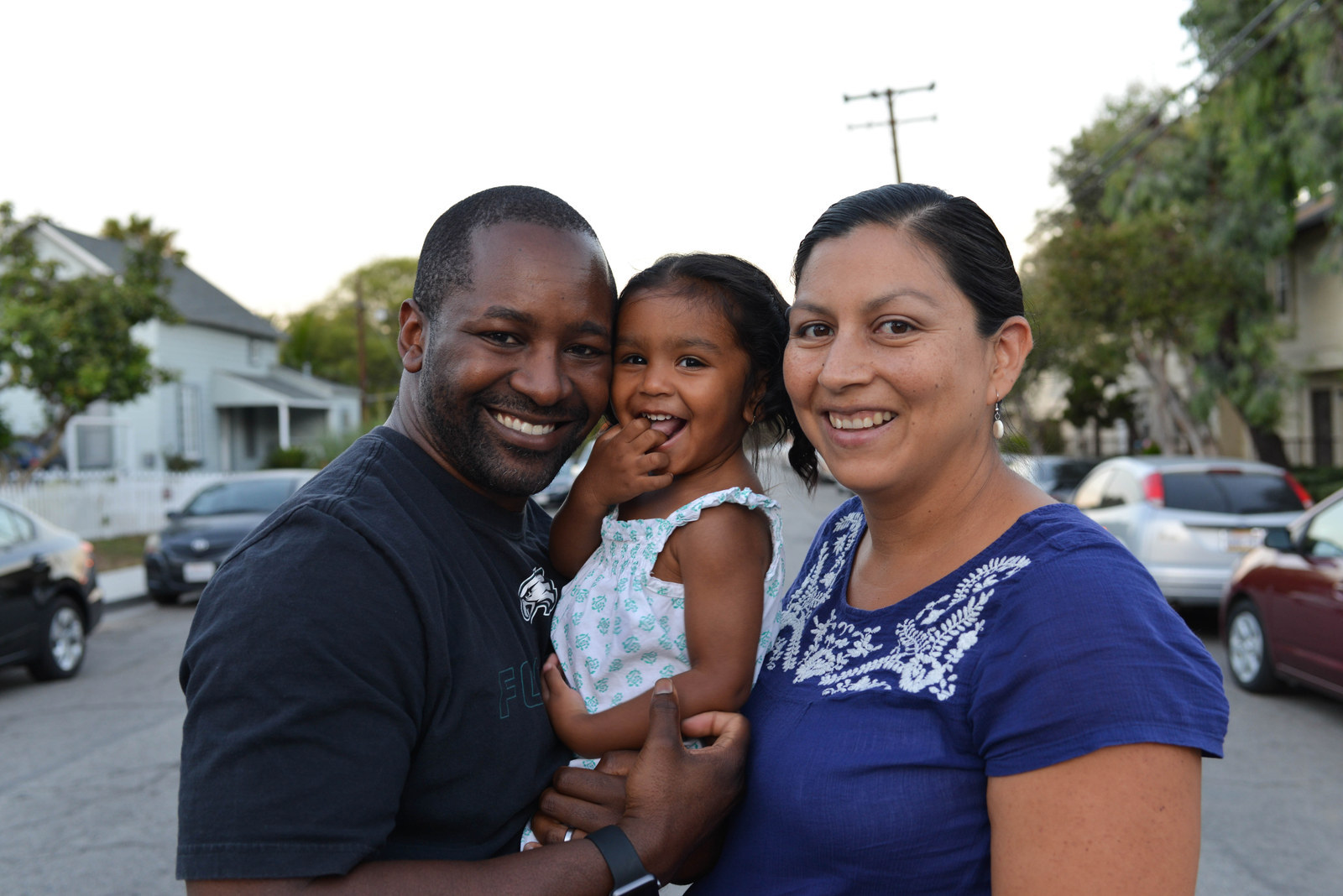
Having children, Tiffany told me, helped her understand the stakes. “I am a black woman and my children will be raised in a society where they are also seen as black,” she said. “But I don’t want to lose touch of their Mexican heritage, either. They need to know about that because it’s as beautiful as their black culture.”
Blaxicans are a little-acknowledged part of Los Angeles’s past, and they’re going to be part of the future of states like Arkansas, Alabama, Georgia, North Carolina, South Carolina, and Tennessee. There, Mexican immigrants have settled in historically African-American communities, and, as with everywhere, the political implications of being Blaxican are greater than ever. Both groups continue to be dehumanized by the justice system, through the murder of unarmed young men and women by law enforcement and the criminalization of undocumented men, women, and children.
Whether these demographic changes will yield a blue shift in these historically red states or more of the sensationalized conflict we’re accustomed to seeing in the media remains to be seen. But the daunting task of forming racial coalitions and bridges between African-Americans and Latinos should not belong to Blaxicans alone. It’s going to continue to take work. But thanks to Miguel, you now know of us.
